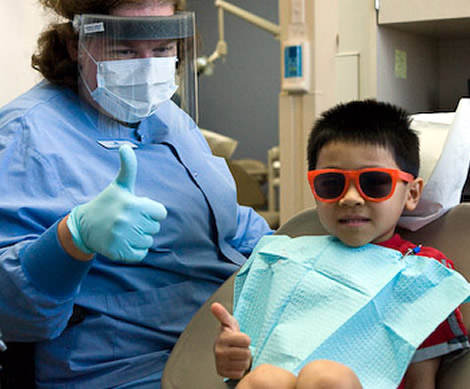Good dental care does more than give you a beautiful smile. Kids with healthy teeth focus better in school. Adults with healthy teeth miss less work because of dental emergencies. And regular dental appointments ensure small problems are caught before they get big, which saves you time and money. Moreover, we offer our dental services on a sliding scale. Dentists that care first about your oral healthcare.
Call 503.489.1760 today and make an appointment with a Wallace dentist. A visit to our dental clinic will give your whole family a smile.
Taking good care of your teeth and mouth is important for your overall health. Our dental clinic in Rockwood offers the following services to Wallace patients:
Wallace accepts Oregon Health Plan and commercial insurance. Click here to see a complete list of insurance we accept. We offer a sliding fee discount program, which provides a discount based on income and family size.
To Make an Appointment: 503-489-1760


